Knife Length Laws: A Guide to Pocket Knife Laws
In the tapestry of laws that stitch together the fabric of society, pocket knife regulations hold a unique thread. These laws, varying significantly by jurisdiction, govern the ownership, carry, and use of pocket knives, a tool as ancient as it is handy. This article aims to shed light on the intricate details of pocket knife laws, guiding enthusiasts and the general public alike through the labyrinth of legal considerations.
Understanding Pocket Knife Laws
A pocket knife, in its most basic form, is a folding knife with one or more blades that fit inside the handle and can be carried in one’s pocket. However, the legal definition can extend beyond this, often hinging on blade length, mechanism, and intent for use. This distinction is crucial as it separates everyday tools from weapons in the eyes of the law.
Federal Laws Governing Pocket Knives
At the federal level, the United States generally allows the carry of pocket knives, with the primary restrictions focusing on places such as federal buildings, airports, and schools. The Transportation Security Administration (TSA) has explicit guidelines on knives in checked luggage but prohibits most from carry-on baggage. These laws set a baseline, over which states and localities can impose their stricter regulations.
State and Local Laws
State and local laws on pocket knives can vary dramatically. For example, Texas allows knives with blades shorter than 5.5 inches, while California restricts carry to knives with blades less than 2 inches. Cities like New York have been known for their stringent interpretation of what constitutes a gravity knife, leading to legal issues for unsuspecting individuals carrying common folding knives. This patchwork of laws makes understanding your local jurisdiction’s regulations paramount.
List of knife length laws for all the states in USA
California: Blades must not exceed 2 inches in length for switchblades. There’s no state law specifying maximum lengths for other types of knives, but local laws can vary.
Texas: Allows knives with blades less than 5.5 inches. Certain knives, regardless of blade length, are restricted in specific locations.
New York: Does not specify maximum blade lengths in state law but enforces strict regulations on gravity knives and switchblades. New York City has specific administrative codes that have been interpreted to apply to many common pocket knives.
Illinois: No specific blade length limit for carry, but there are restrictions on the types of knives and contexts in which they can be carried.
Florida: Does not specify a maximum blade length for common pocket knives; however, certain types of knives are considered weapons if carried concealed.
Ohio: No specific blade length restriction for carrying knives in general, but concealed carry laws may impose limits on certain types of knives.
Pennsylvania: Does not have a state-wide blade length limit, but knives cannot be carried concealed outside of one’s property without a valid reason.
Michigan: Allows pocket knives with no specific blade length limit, but switchblades and automatic knives are restricted.
Georgia: Knives with blades longer than 5 inches are considered weapons and have certain carrying restrictions.
Washington: Does not specify blade lengths, but certain types of knives are restricted, and local laws vary, especially in Seattle. 1. Alabama: No specific state law on blade length for carrying knives. However, it’s illegal to carry a knife concealed on the person or in a vehicle without a permit if the knife is intended for use as a weapon.
Alaska: No specific blade length limit. The state allows for the open carry of most knives but has restrictions on concealed carry without a permit.
Arizona: No specific state law on blade length limits for carrying knives. Arizona has permissive knife laws and preempts local regulations that would impose stricter limits.
Arkansas: No specific blade length limit. The state repealed its ban on carrying a switchblade (automatic knife) in 2011.
Colorado: Blade length limit of 3.5 inches for concealed carry. There are exceptions for hunting and fishing knives under certain conditions.
Connecticut: Limits the length of blades for knives carried openly or concealed to 4 inches.
Delaware: Prohibits carrying concealed deadly weapons, including certain knives, but does not specify blade length limits.
Hawaii: Prohibits carrying knives concealed and imposes a blade length limit of 3 inches for certain types of knives.
Indiana: No specific state law on blade length limits. However, the state has laws regarding the carrying of knives on school property and other specific locations.
Iowa: No specific blade length limit, but the state has laws regarding the carrying of concealed weapons, including knives, with intent to use unlawfully against another.
Kansas: No specific blade length limit. Kansas has broad laws allowing the open carry of knives.
Kentucky: No specific state law on blade length limits for carrying knives. Kentucky law focuses more on the intent to use the knife as a weapon.
Louisiana: Blade length limit of less than 2 inches for knives that can be opened with a button or gravitational force. Other types of knives have no specific length restrictions.
Maine: No specific blade length limit for carrying knives, but concealed carry of certain knives is restricted.
Maryland: No specific state law on blade length limits for carrying knives, but the state prohibits carrying a dangerous weapon concealed.
Massachusetts: Prohibits carrying dangerous weapons, including certain knives, regardless of blade length, without proper justification.
Minnesota: No specific blade length limit for carrying knives, but the state restricts carrying certain types of knives in schools and government buildings.
Mississippi: No specific state law on blade length limits for carrying knives. The state allows the open carry of knives.
Missouri: No specific state law on blade length limits for carrying knives. Missouri has permissive laws regarding the carrying of knives.
Montana: Blade length limit of 4 inches for carrying a knife concealed. No specific limit for knives carried openly.
Nebraska: No specific blade length limit. State law prohibits carrying a knife with a blade over 3.5 inches concealed without a permit.
Nevada: No specific state law on blade length limits, but local ordinances, such as in Las Vegas, may have their own restrictions.
New Hampshire: No specific blade length limit for carrying knives. New Hampshire has relatively permissive knife laws.
New Jersey: No specific blade length limit, but the state has strict laws on carrying knives without an explainable lawful purpose.
New Mexico: No specific blade length limit. The state allows for the open carry of knives and has certain restrictions on concealed carry.
North Carolina: It is illegal to carry concealed knives, specifically bowie knives, switchblades, dirks, and daggers, outside of one’s own premises. No specific blade length limit is mentioned for other types.
North Dakota: Allows carrying of knives except for individuals under 18, with a blade length limit of 5 inches for concealed carry.
Oklahoma: No specific blade length limit. Oklahoma has liberal knife laws, allowing for the open carry of most knives.
Oregon: No specific blade length limit for carrying knives, but the state restricts the concealed carry of certain types of knives.
Rhode Island: Limits the length of blades for any knife carried concealed to 3 inches.
South Carolina: No specific blade length limit for carrying knives. The law focuses more on the type of knife and manner of carry.
South Dakota: No specific blade length limit. South Dakota has permissive laws regarding knife carry.
Tennessee: No specific blade length limit for carrying knives. Tennessee preempts local regulations, ensuring state law consistency.
Utah: No specific blade length limit for carrying knives. Utah’s laws are generally permissive regarding knives.
Vermont: No specific blade length limit. Vermont allows adults to carry knives, with some restrictions on concealed carry.
Virginia: No specific state law on blade length limits for carrying knives, but concealed carry of certain knives is restricted.
West Virginia: No specific blade length limit. West Virginia allows the open carry of knives and has certain restrictions on concealed carry.
Wisconsin: No specific blade length limit for carrying knives. Wisconsin law restricts the carrying of concealed weapons, including certain knives.
Wyoming: No specific blade length limit for carrying knives. Wyoming has permissive laws regarding knife carry.
International Perspective
Globally, laws can be even more varied. Countries like the United Kingdom have strict controls on carrying knives without a good reason, with a particular focus on locking knives. In contrast, Switzerland is more lenient, reflecting the country’s association with the iconic Swiss Army Knife. Travelers must be particularly vigilant to ensure compliance with local laws to avoid severe penalties.
Consequences of Violating Pocket Knife Laws
The repercussions of carrying a pocket knife in contravention of the law can range from fines to imprisonment. The interpretation of these laws can also vary significantly between law enforcement officers, leading to a grey area of legal risk. Awareness and understanding of the local laws are the best defenses against unintentional violations.
Tips for Complying with Pocket Knife Laws
To navigate these legal waters, enthusiasts should:
• Regularly consult legal resources or local law enforcement for the most current laws in their area.
• Choose pocket knives that are well within the legal limits of blade length and mechanism for their jurisdiction.
• Practice responsible knife carry, ensuring that the knife is kept in a manner consistent with lawful use.
Case Studies
Consider the case of a New York resident who faced legal trouble for carrying a common folding knife, later classified as a gravity knife by law enforcement. This case highlights the importance of understanding not just the letter of the law but its enforcement. Another example is the traveler who, unaware of international laws, faced penalties abroad for a knife that was legal at home.
Resources for Further Information
For those looking to delve deeper into the specifics of pocket knife laws, resources such as the American Knife and Tool Institute (AKTI) offer comprehensive guides and updates on knife laws by state. Forums and social media groups dedicated to knife enthusiasts can also be valuable resources for advice and experiences.
Conclusion
The world of pocket knife laws is as complex as it is varied, reflecting the balance societies strive to maintain between freedom and safety. By staying informed and practicing responsible knife ownership and carry, enthusiasts can ensure that their trusty tools remain by their side, both as companions in adventure and tools in daily life. Let us wield our knowledge as wisely as we wield our knives, navigating the edge of the law with respect and understanding.
Disclaimer: The information provided in this article regarding knife laws, including blade length restrictions and carry regulations across various states, is intended for general informational purposes only. Laws and regulations concerning knives are subject to change and can vary significantly between jurisdictions. This overview does not constitute legal advice, nor does it cover all nuances or exceptions to the laws. Readers are strongly encouraged to conduct their own research and consult the latest legal texts or seek advice from a qualified attorney to obtain accurate, up-to-date information specific to their situation or jurisdiction. The publisher and author disclaim any liability for actions taken or not taken based on the content of this article.
This article serves as a primer on pocket knife laws, designed to inform and guide rather than serve as legal advice. Always check the most current laws in your jurisdiction and consult legal professionals when in doubt.







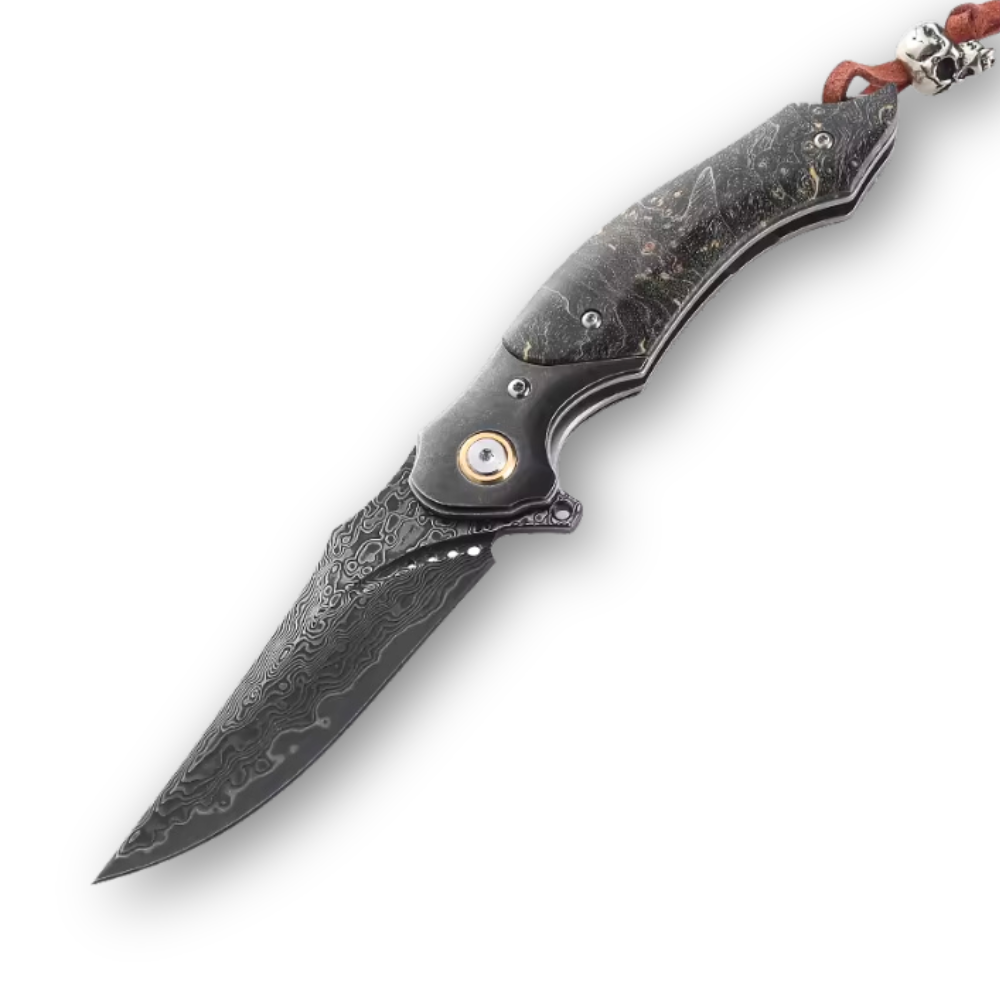

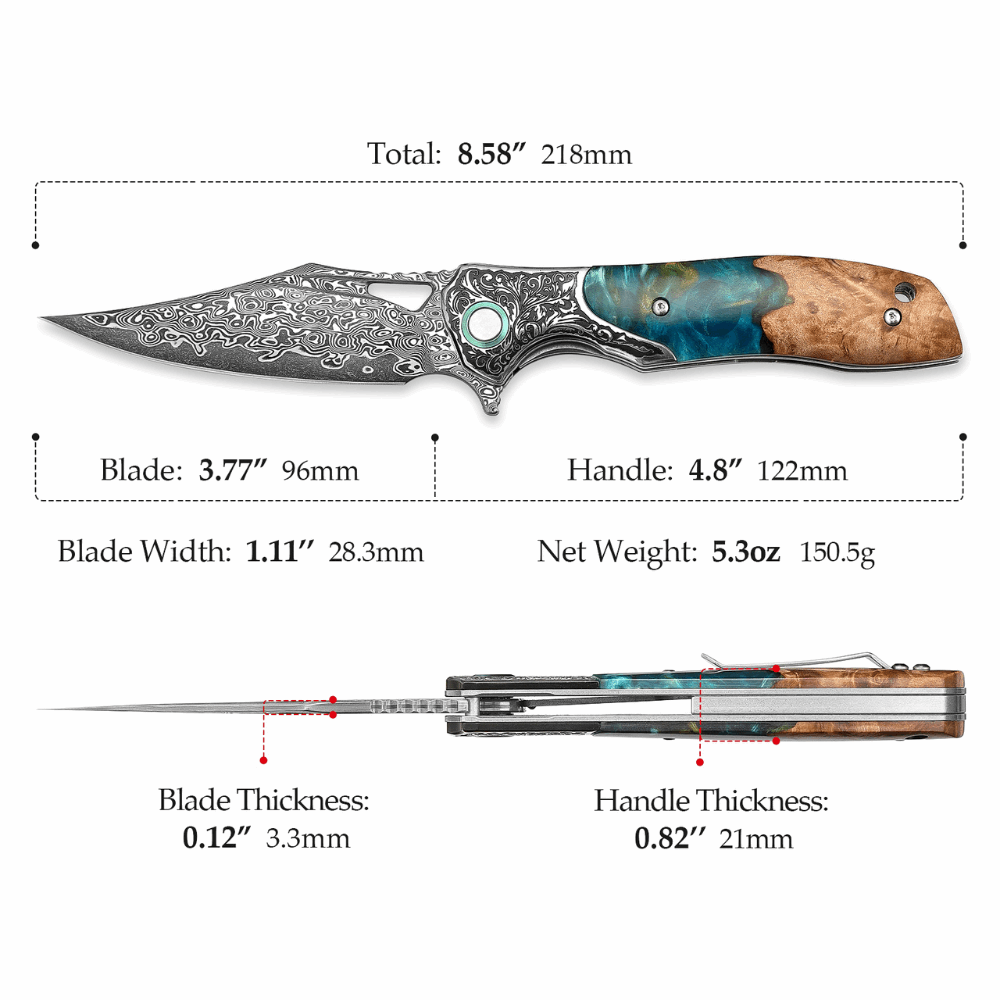
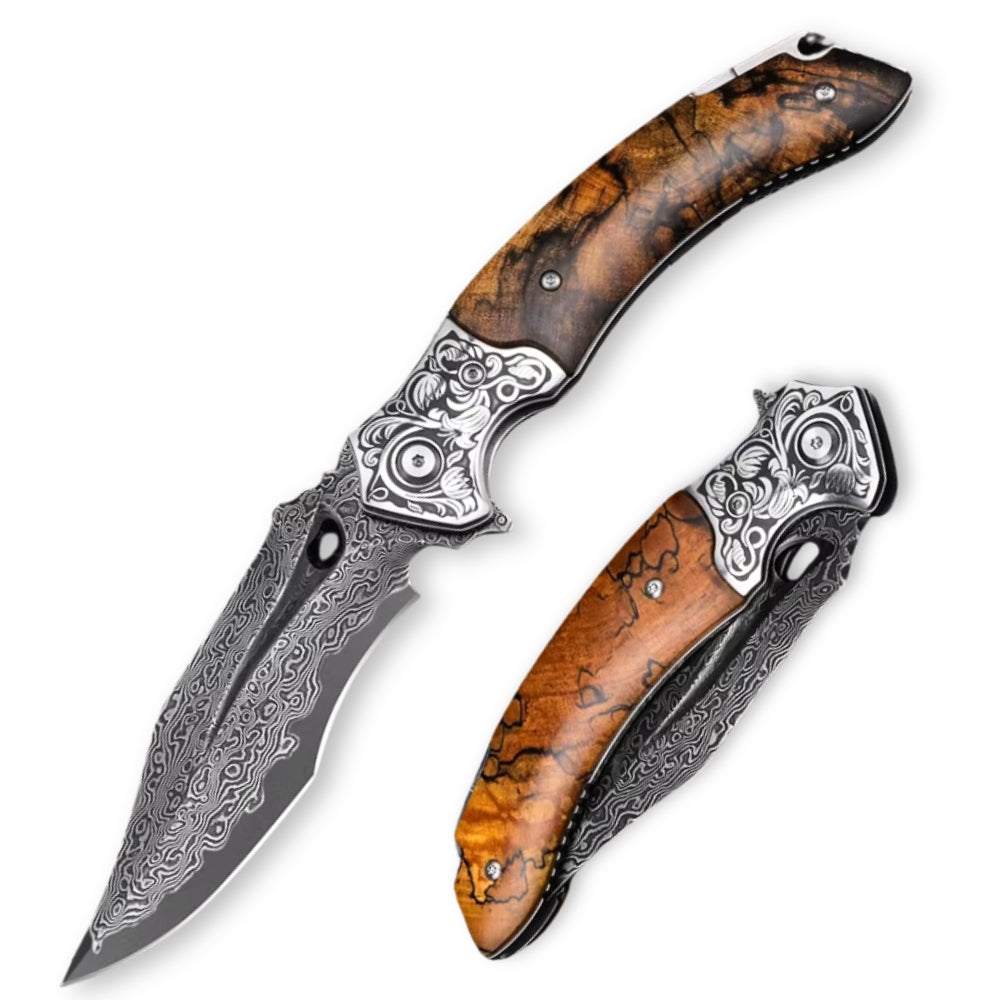

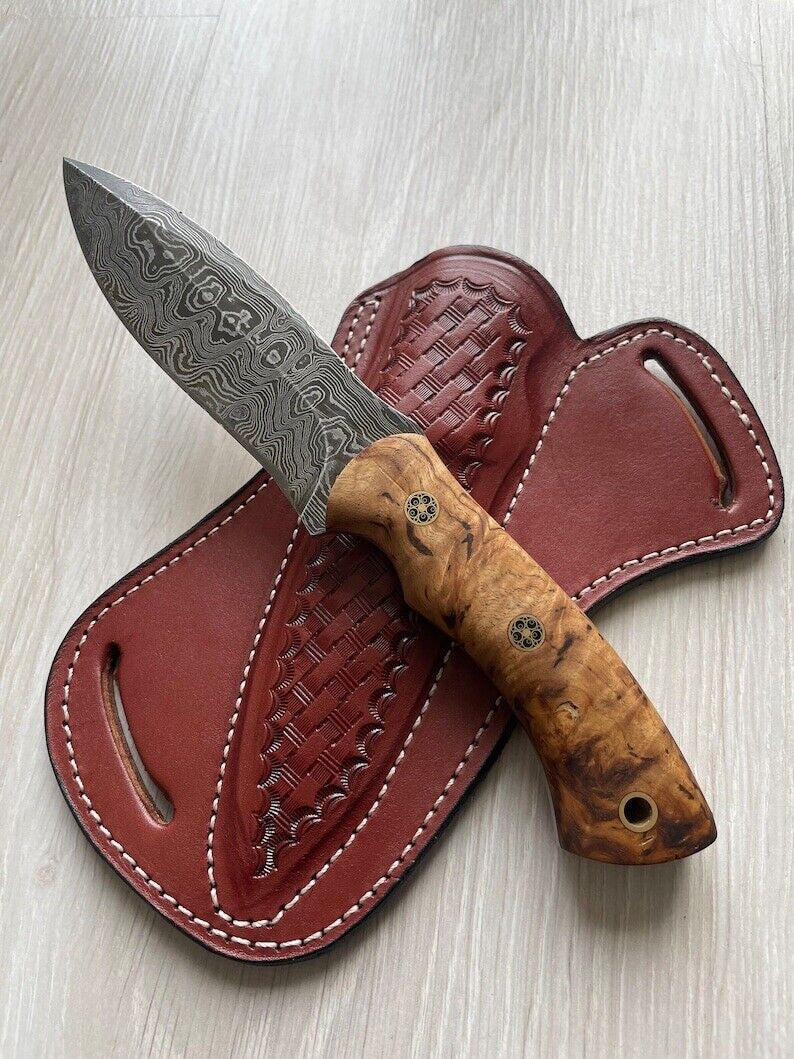

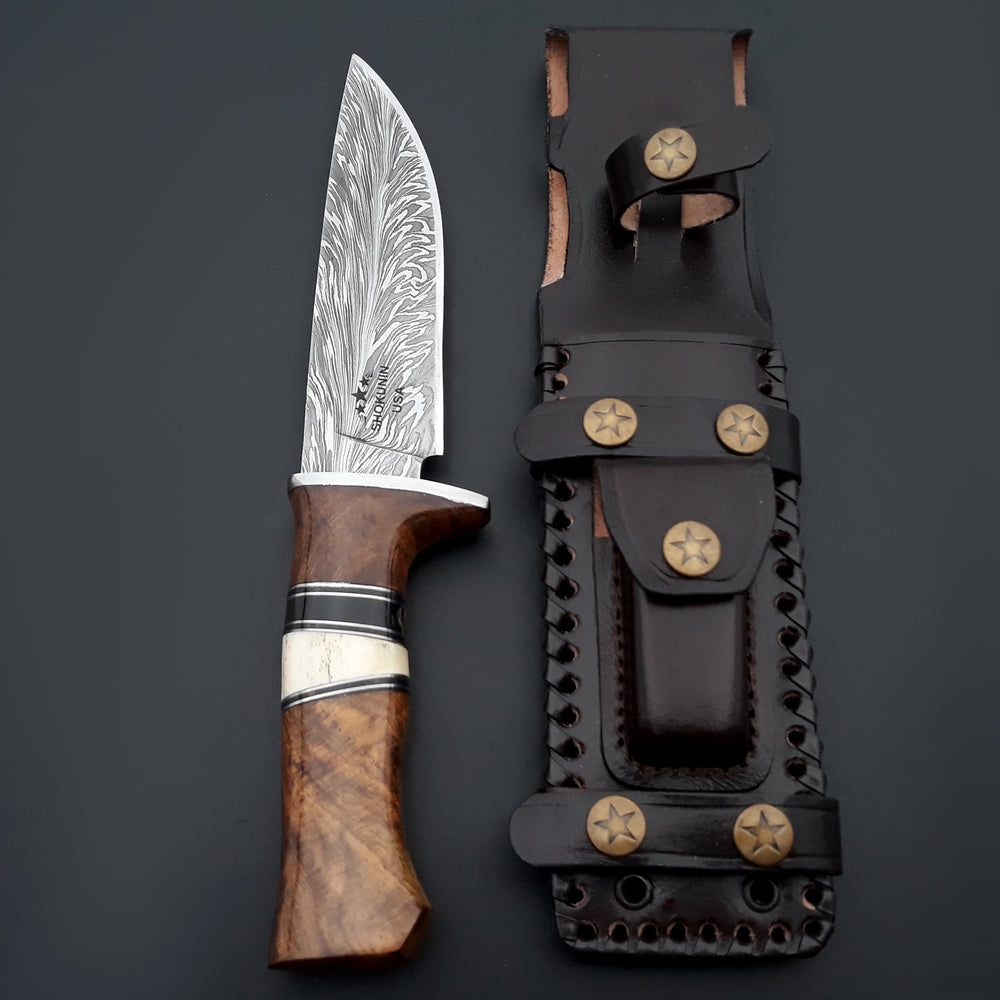
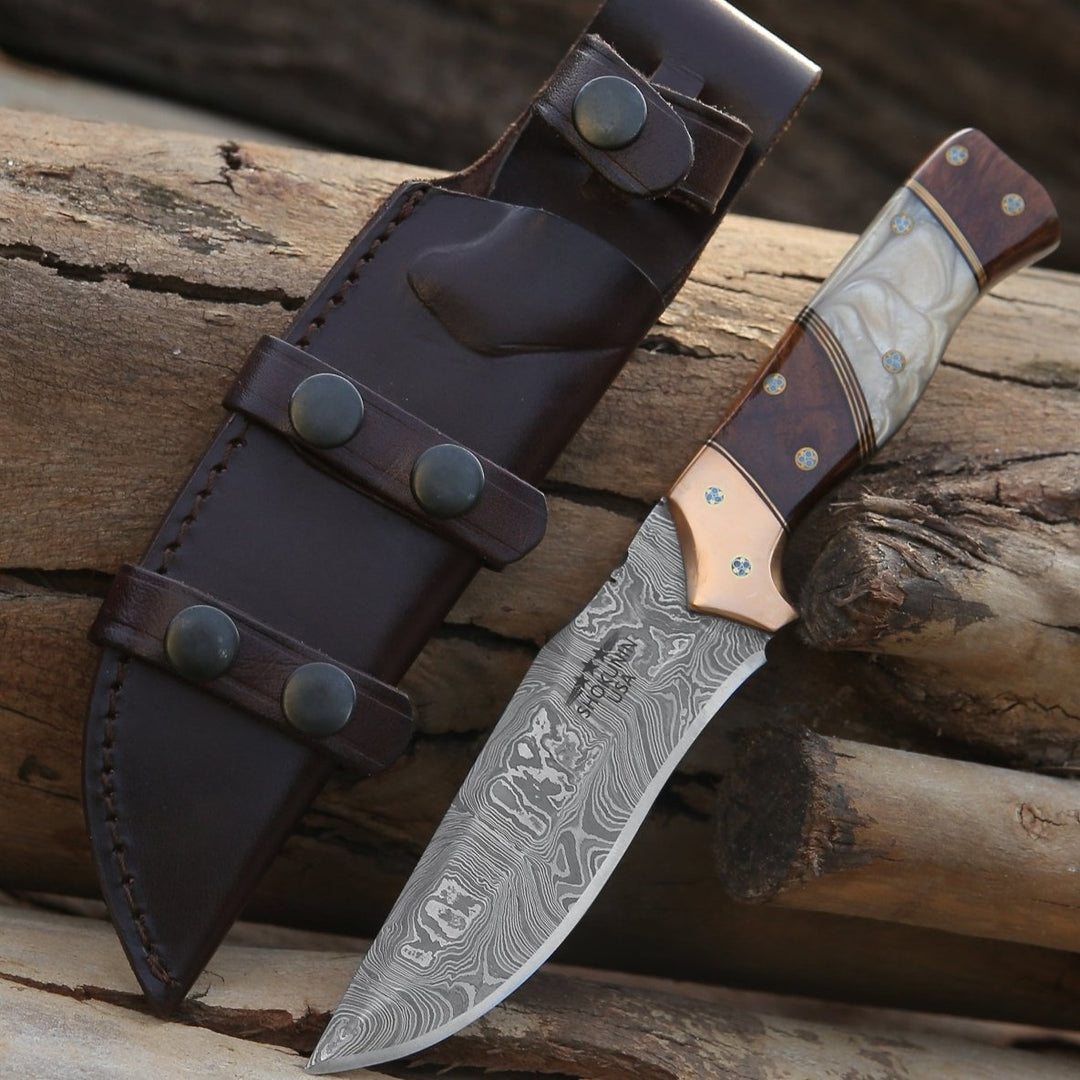
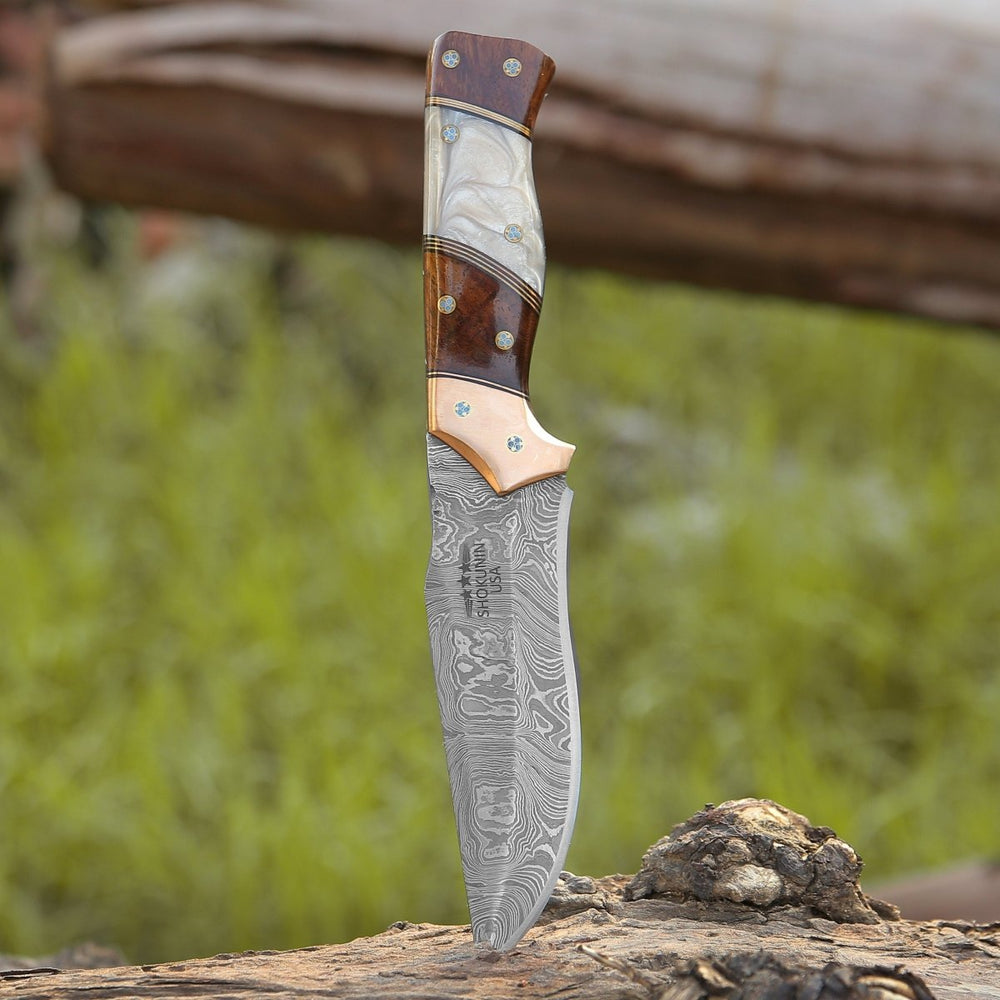
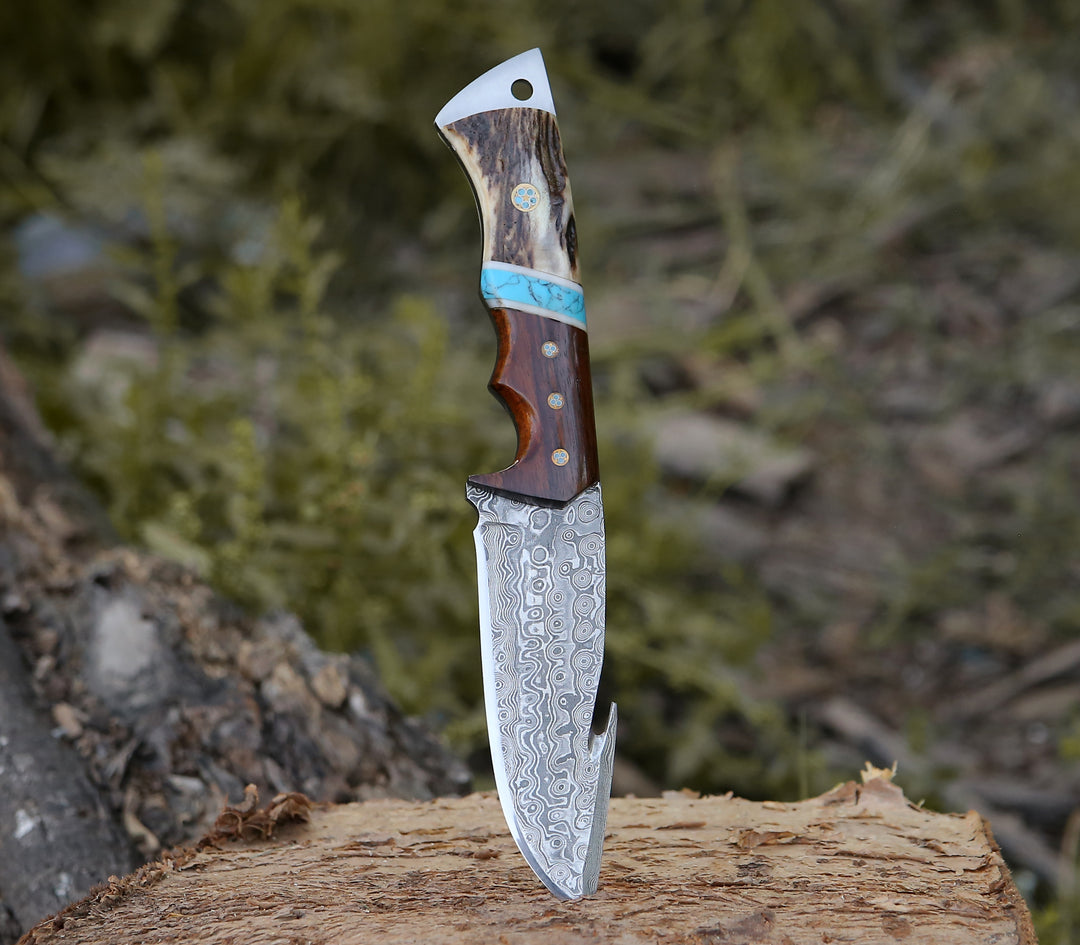

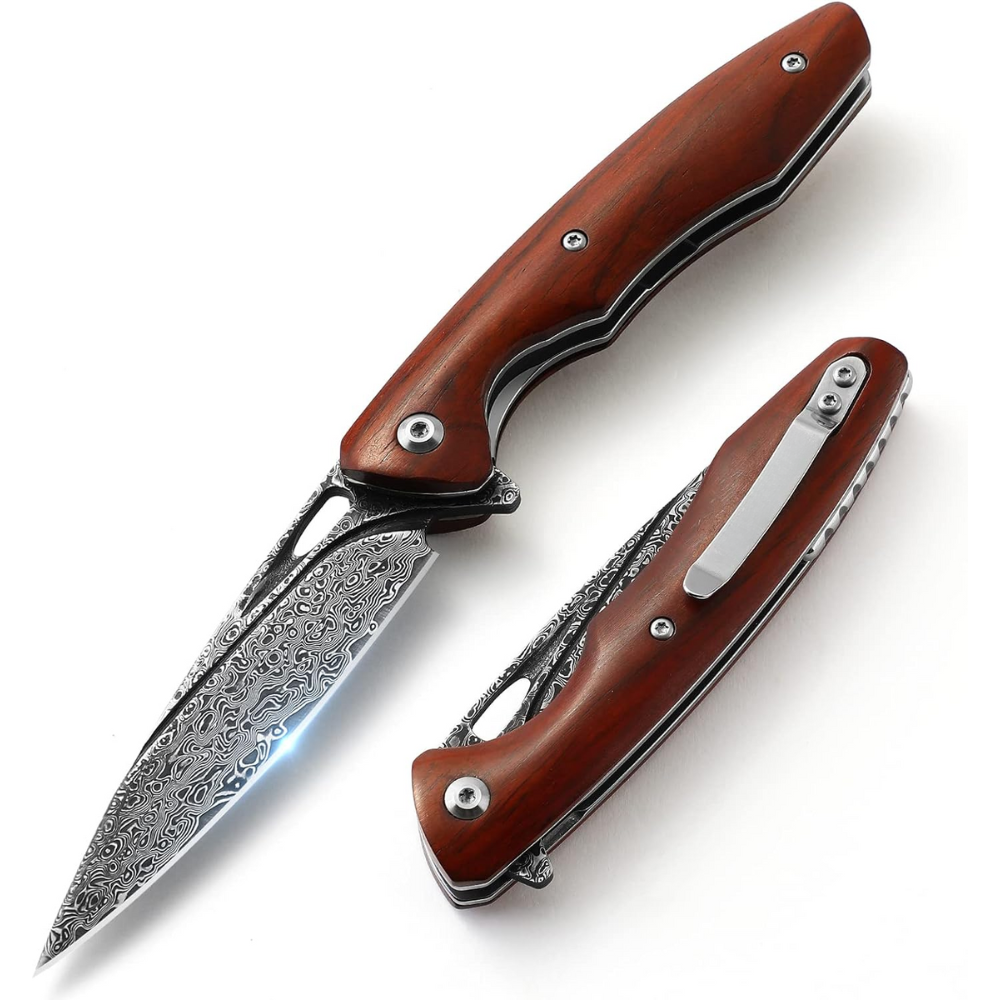
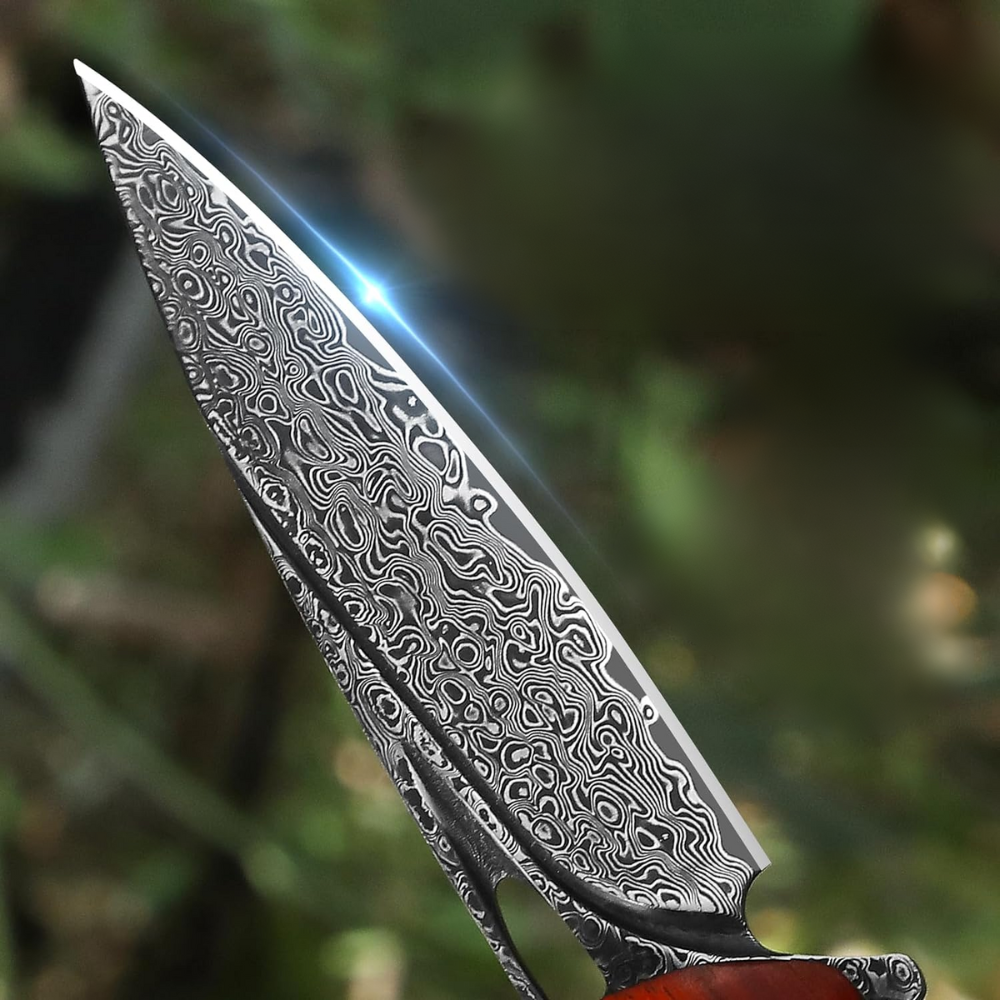
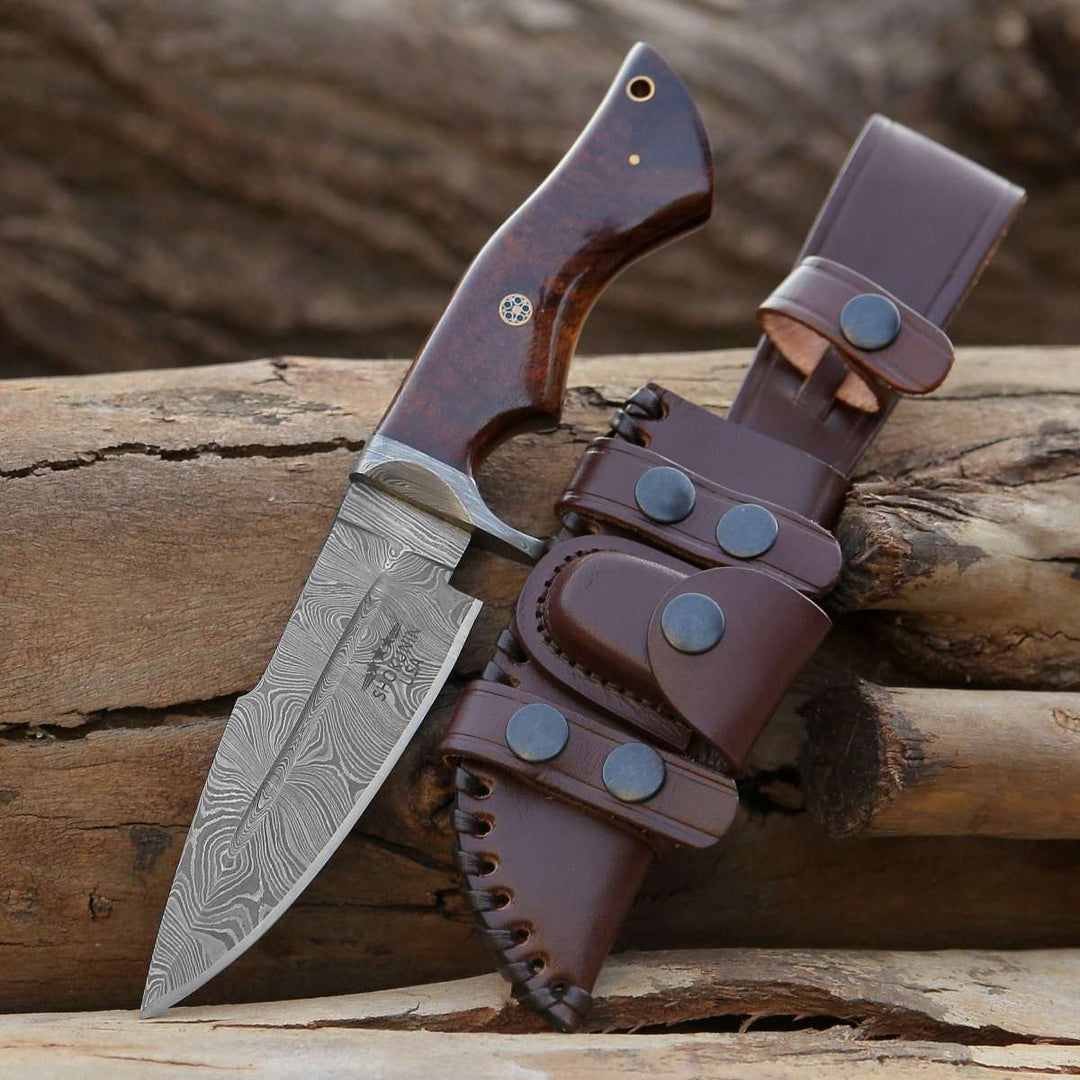
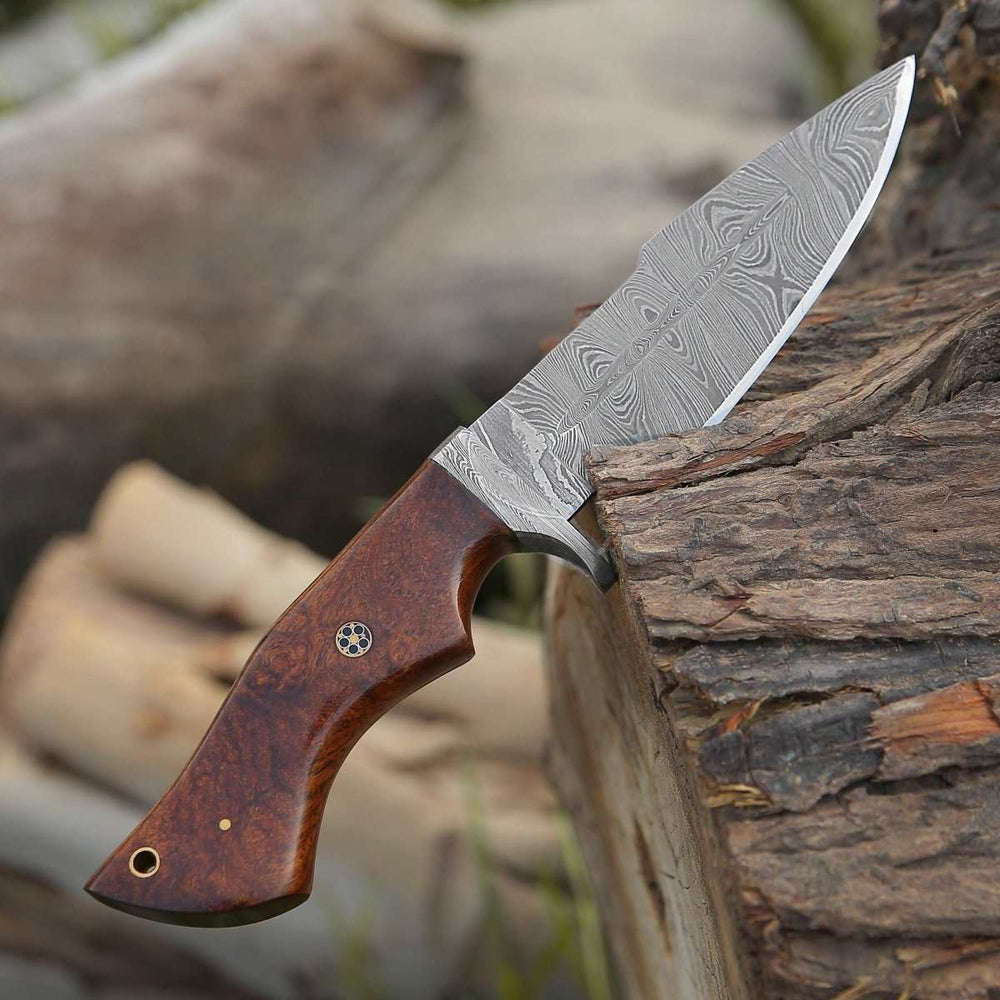
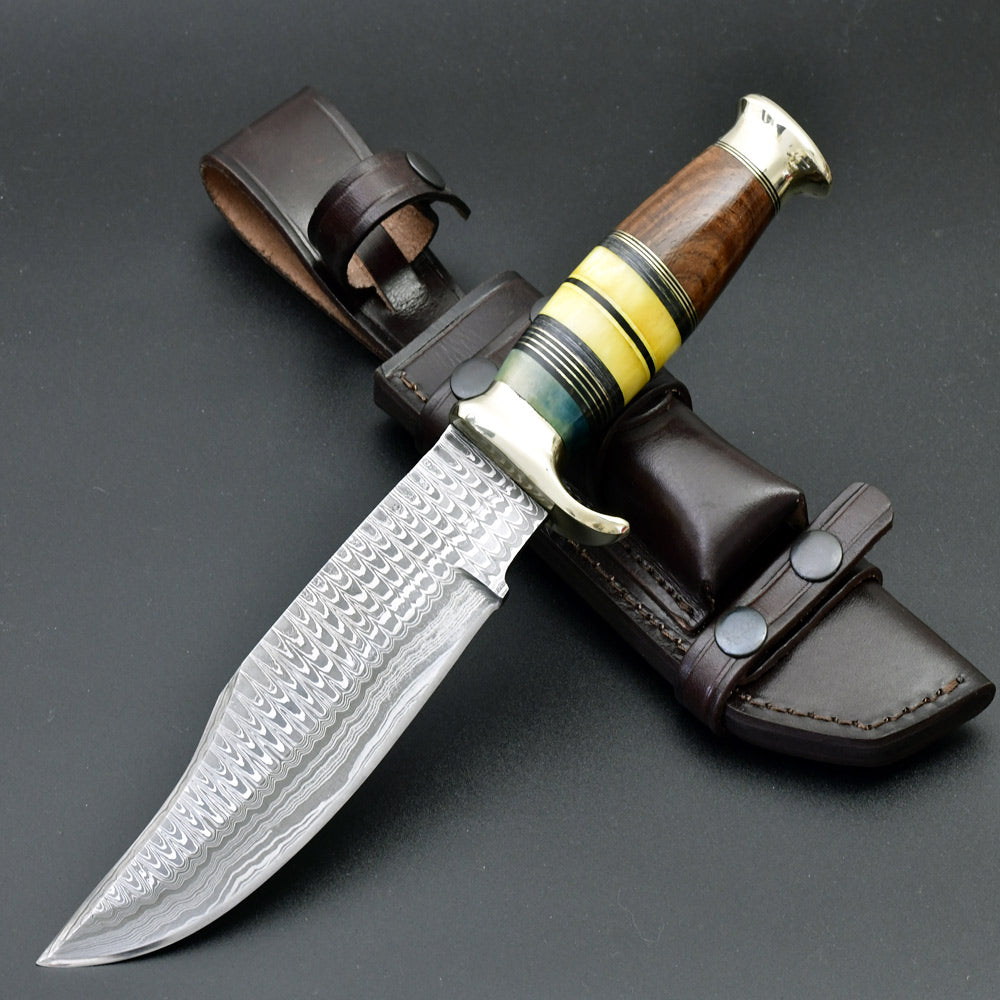
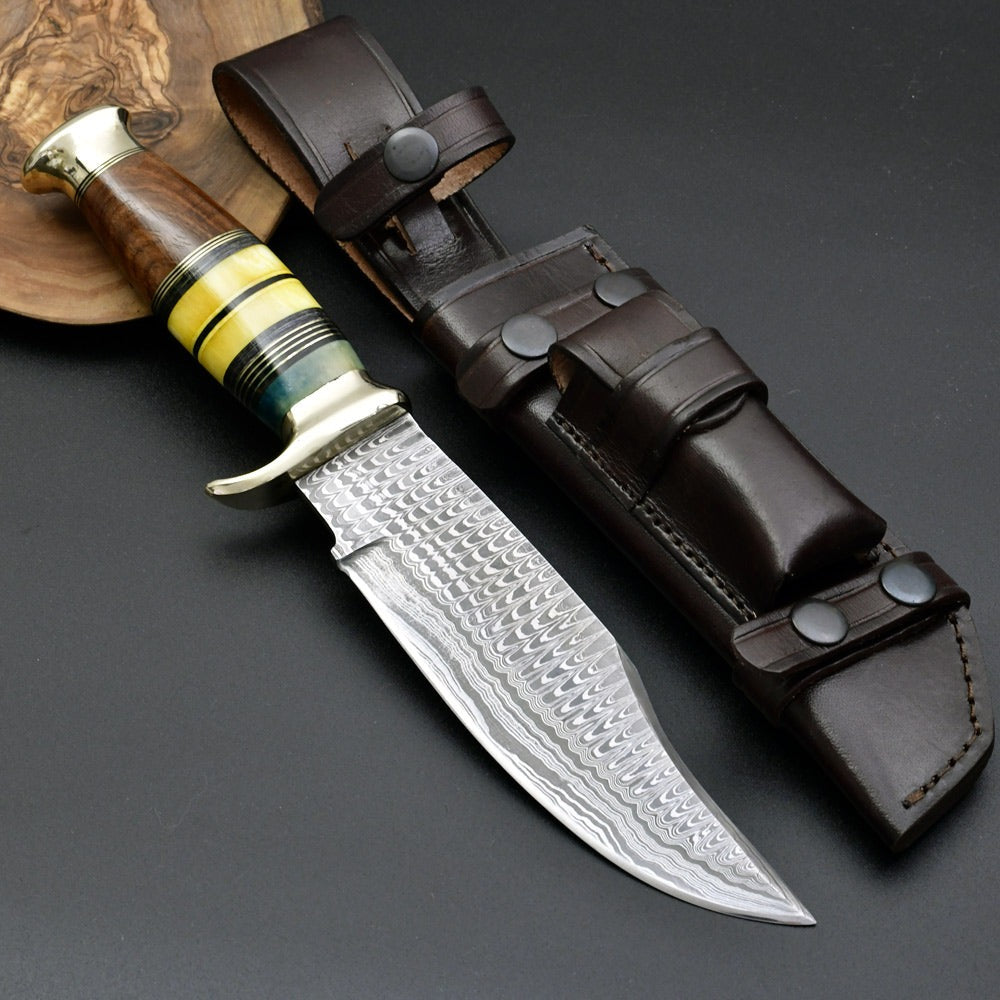
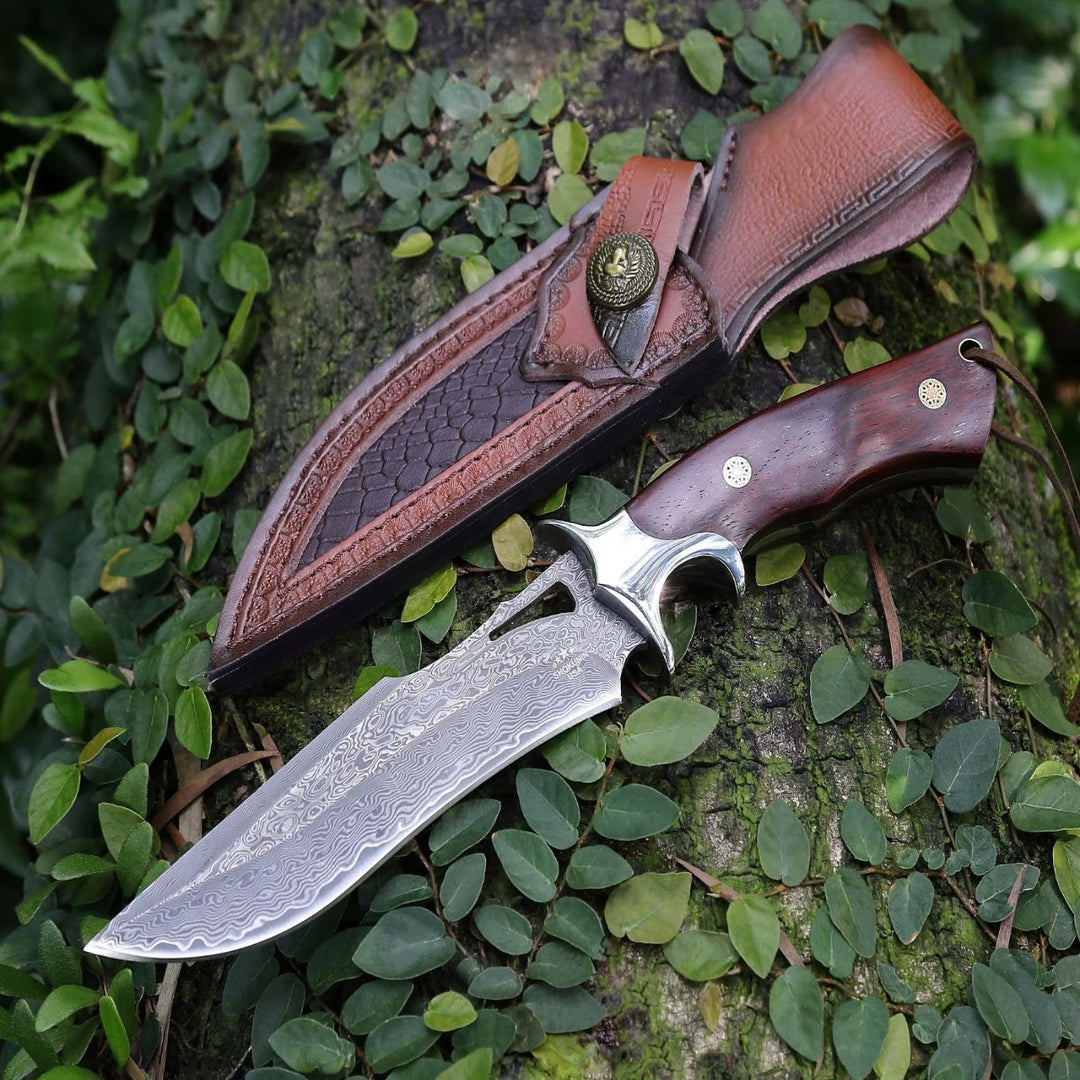

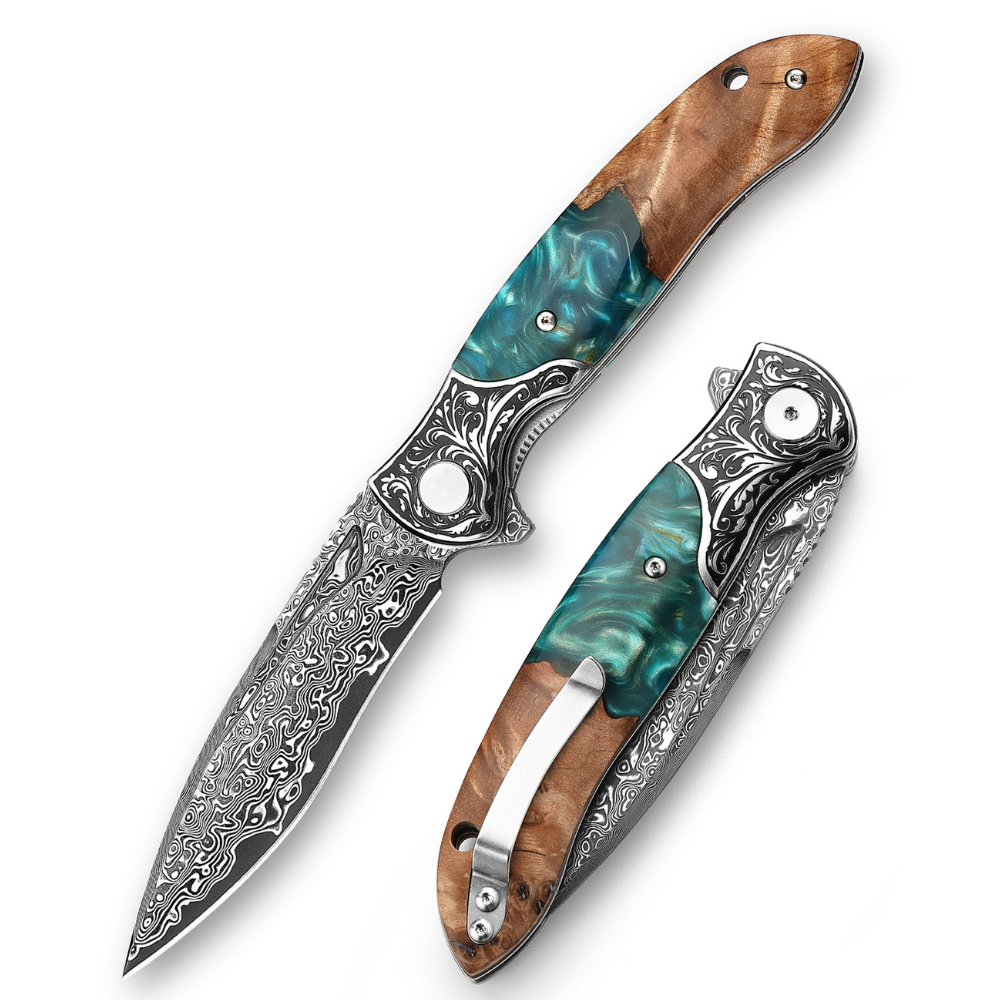

Leave a comment